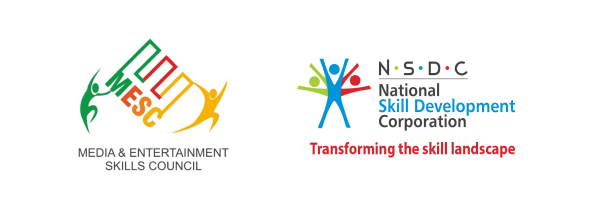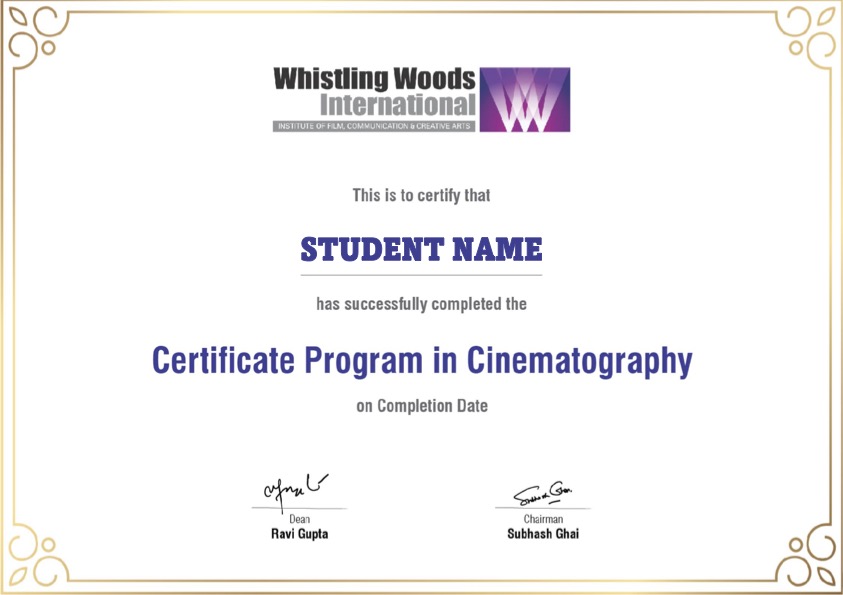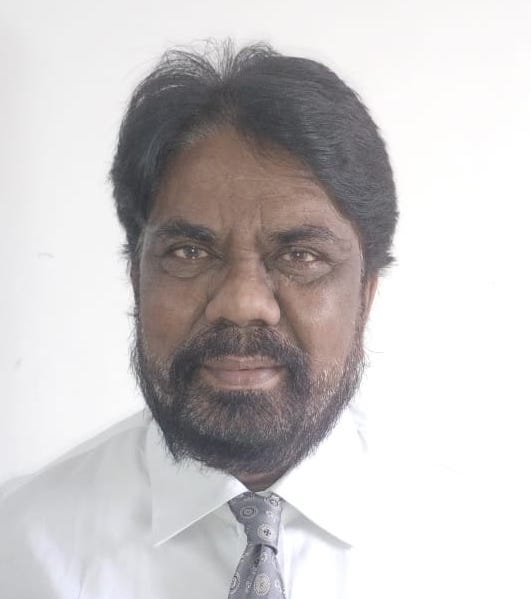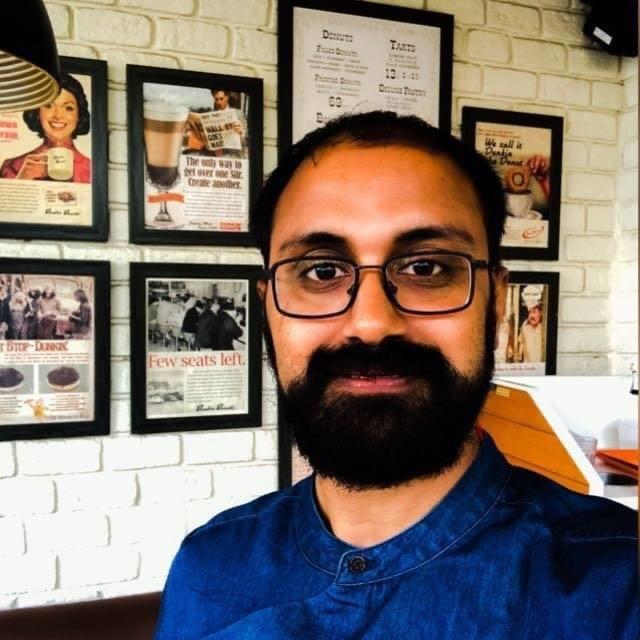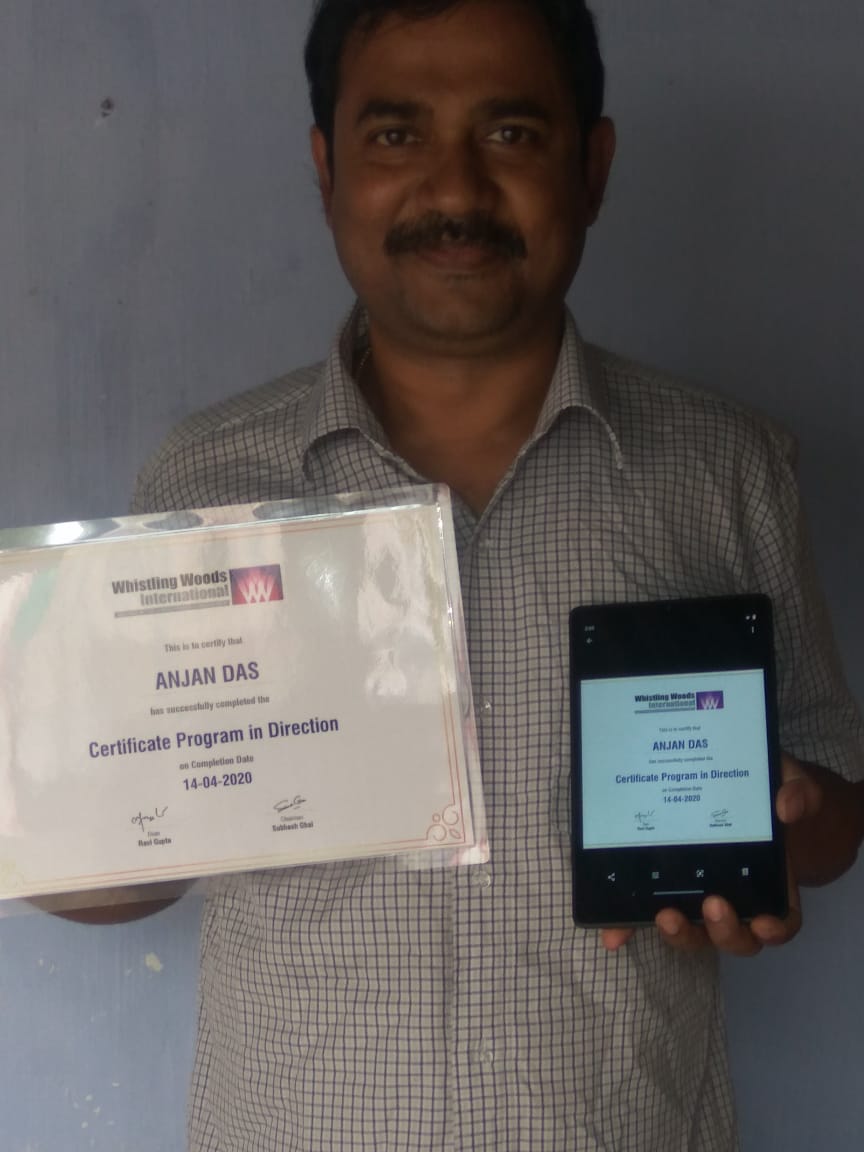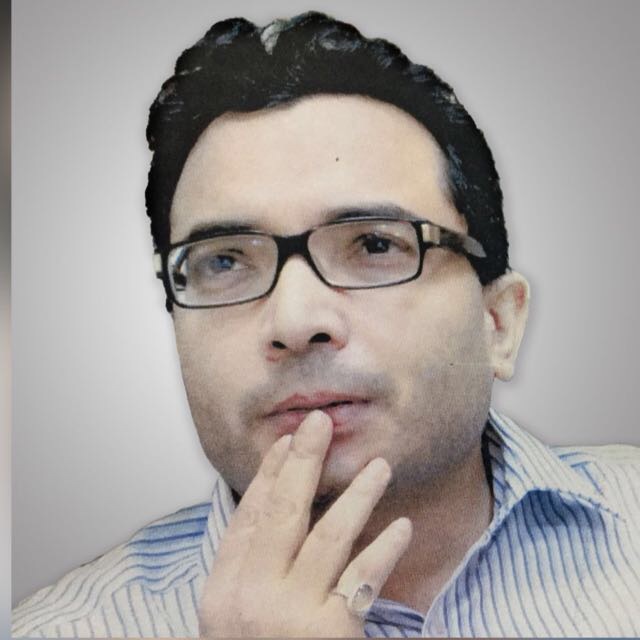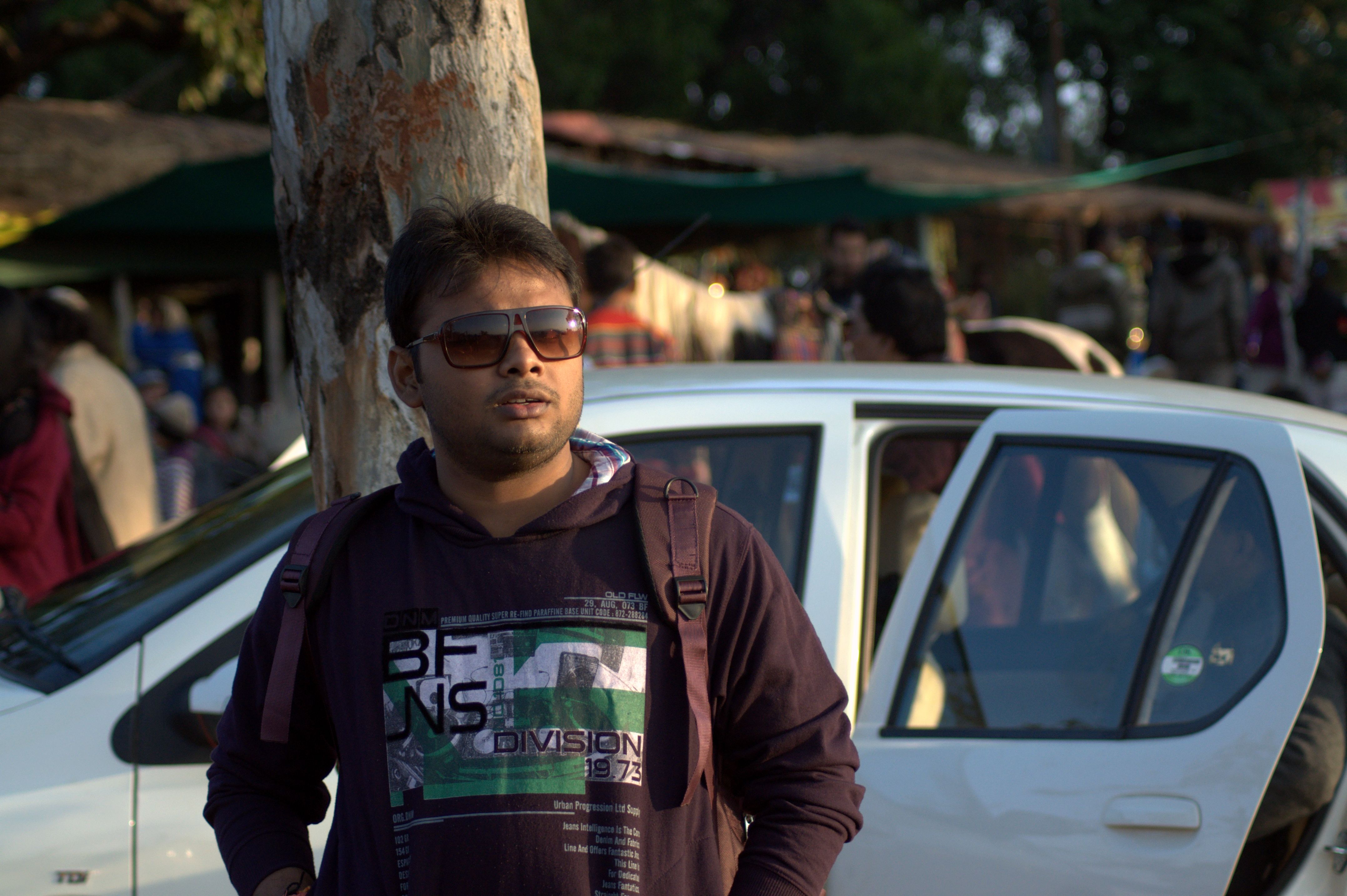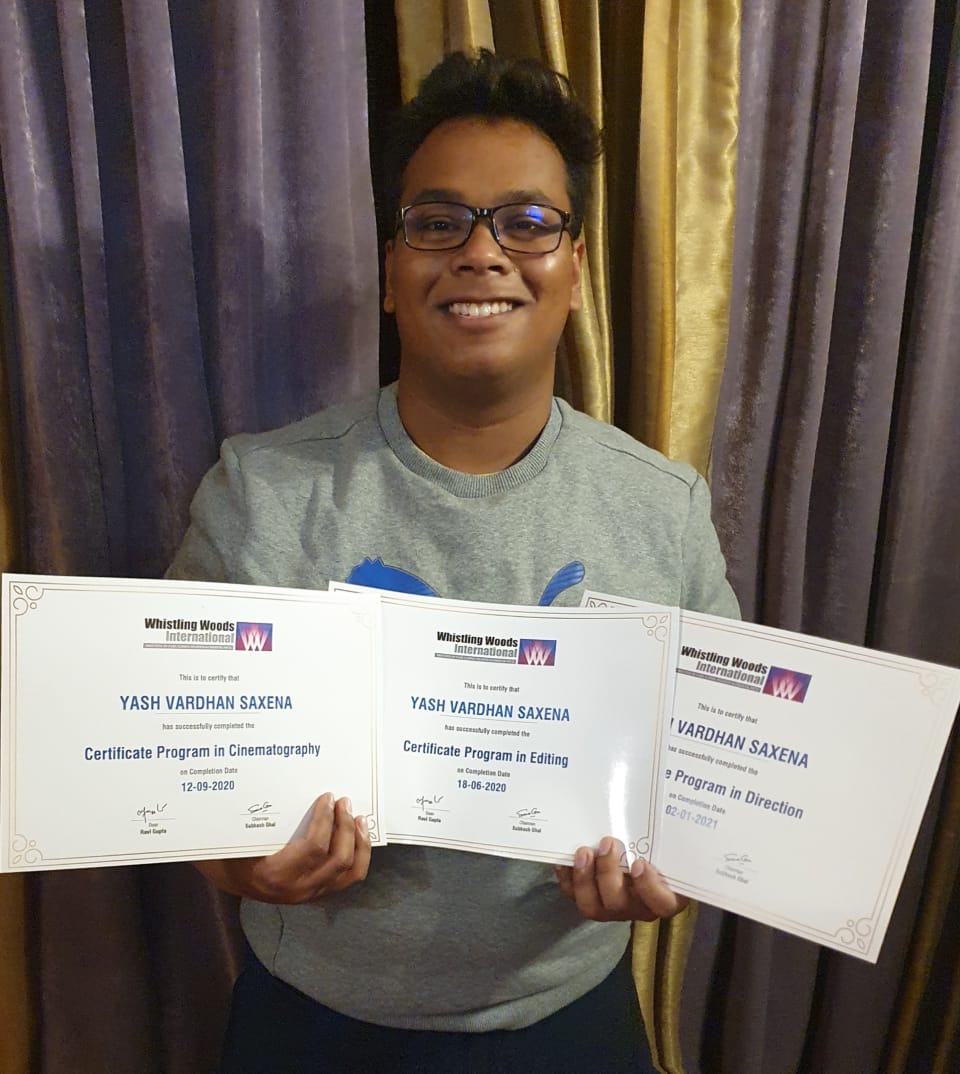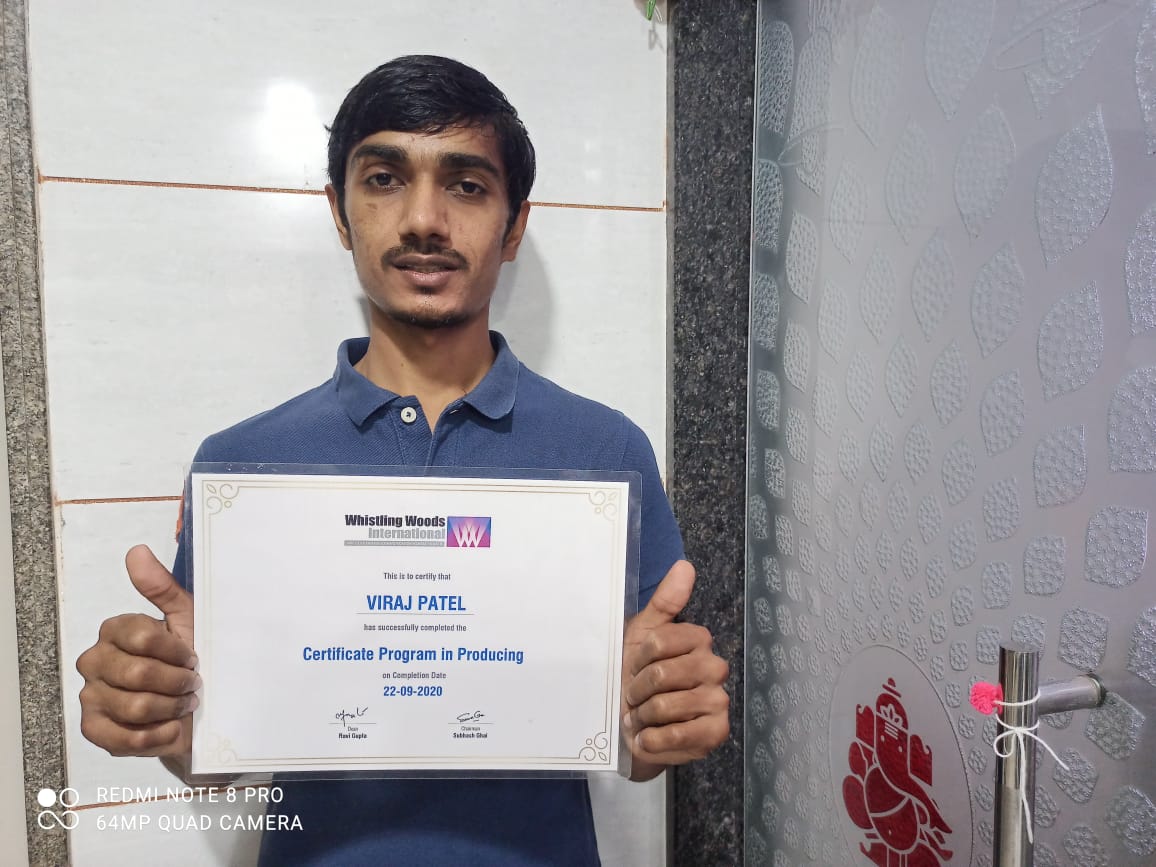Cinematography is the craft of visual storytelling on film or television. It consists of everything that you see on the screen – framing, movement, lighting, composition, camera angles, lens, color, depth, and more. It is important in setting the tone, look and feel of a video, essentially, supporting the written narrative of the film with visual elements. Also known as the Director of Photography, a Cinematographer is the master of movement and light, responsible for how every single frame in the film turns out. It is their job to harness both the technical and creative capabilities of a camera.
The role of a Cinematographer is to translate a written script into visuals and shoot the video to bring to screen the vision of the Director. While they may not be the one holding the camera, they are the mastermind behind deciding what the final video should look like – colored or black and white, vibrant, dull etc. The cinematographer works closely with the Director and helps them bring their creative vision to life. After deciding on a certain look and feel for the project, the Cinematographer or Director of Photography then works on how to achieve the same through camera movement, lighting, framing, props, etc. in terms of equipment & more.
On successful completion of all the modules included in this program, the user shall be given a certificate from Whistling Woods International. You can download the certificate in the form of a PDF.
There is no specific time limit or schedule to do a module-based program such as this one. However, the access period to the platform is 1 year
This is a module-based program, so there is no specific schedule to adhere to.
Please refer to the curriculum tab on the course page of the program.
This program comprises of learning through video-based lectures. You will also be given the transcripts of these lectures. The content is derived from the knowledge base of Whistling Woods faculty and Industry experts along with specific case studies used to explain the concepts and theories.
There are no coursework or assignments in this program.
There are no live sessions included as part of this program. However for live sessions and on campus specialization workshops, please check our Advanced Certificate in Filmmaking program
₹ 11000 (Inclusive of all taxes)
Admission criteria:
- No work experience is required to apply for any of the programs
- It is recommended that applicants have cleared Xth grade or equivalent
- All candidates need to have reading and speaking proficiency in English
Notes:
- You can pay for the program with a debit / credit card and through Netbanking.
- On successful payment transaction, you will receive a confirmation mail with the order no. and payment acknowledgement.
- You will be provided a course login URL within 48 hours of making a payment. Please register on the URL to gain access to the course.
- In case of any issues during payment, please write to us on wwi.extension@whistlingwoods.net
